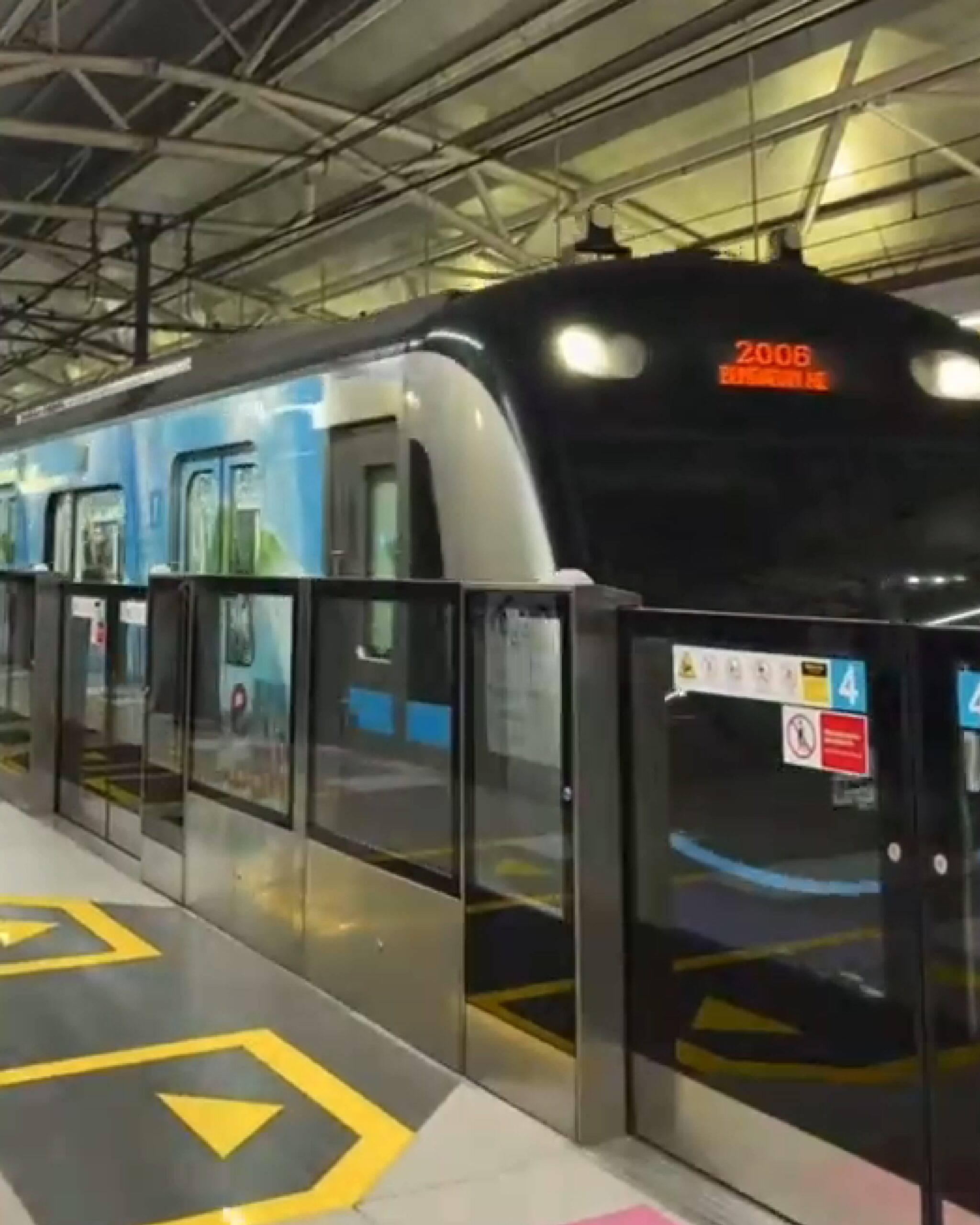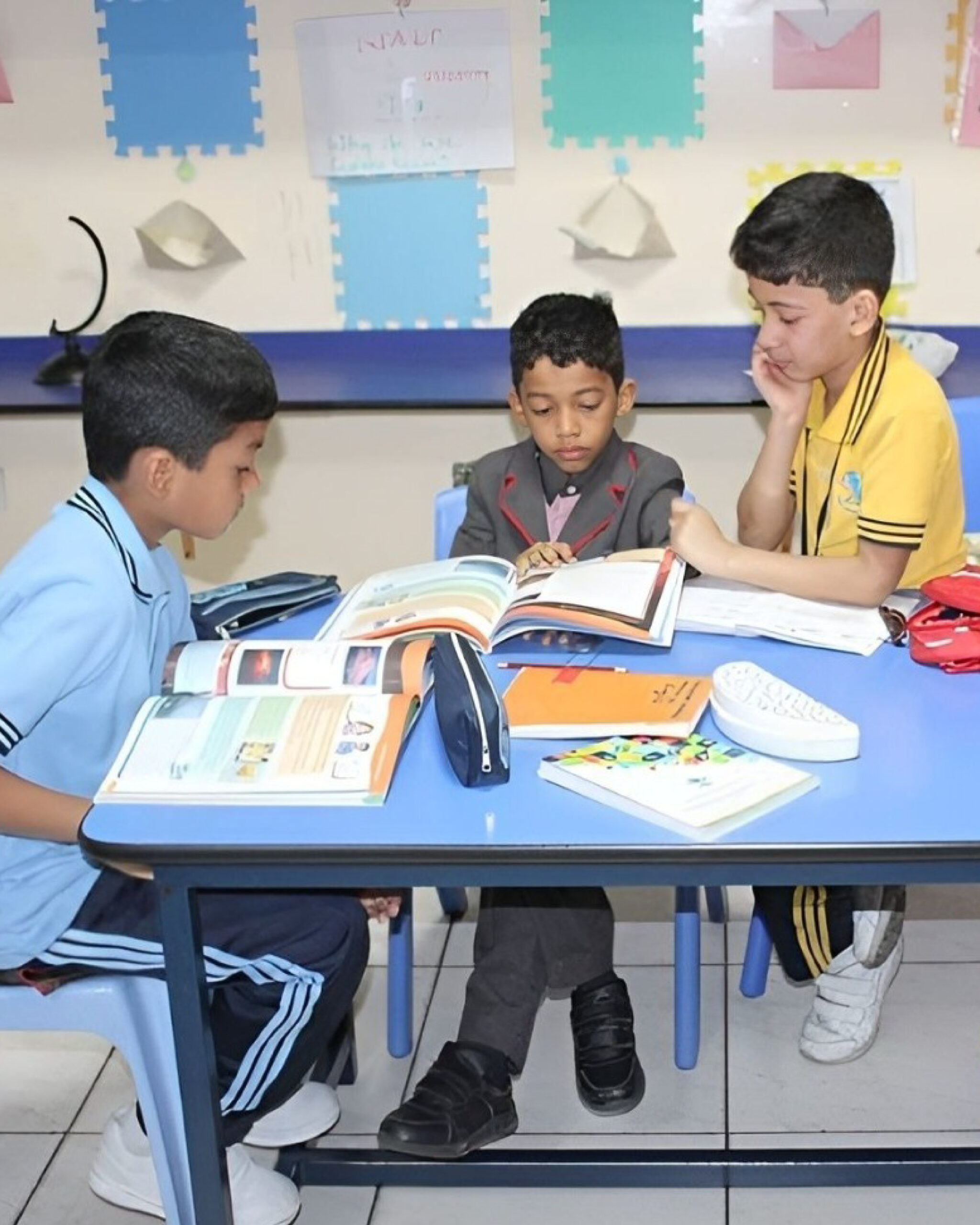
New Matric & Inter Grading System starts now in 2026
The education sector in Pakistan is undergoing significant reforms, with a major update to the grading system for matriculation (10th grade) and intermediate (12th grade) students. However, the much-anticipated rollout of the new matric and inter grading system has been officially delayed and will now be implemented starting in 2026. This decision impacts millions of students, teachers, and educational institutions across the country.
Why Was the Grading System Delayed?
- Implementation Challenges:
Education boards cited the need for more time to train teachers, update examination software, and align curricula with the new grading standards. - Feedback from Stakeholders:
Teachers, parents, and education experts requested additional time to adapt to the new system, ensuring a smooth transition and minimizing confusion. - Pandemic-Related Disruptions:
Previous years’ academic schedules and learning outcomes were affected by pandemic closures, making it difficult to introduce sweeping changes immediately. - Uniform Policy Across Provinces:
The delay allows all provinces to synchronize their adoption of the new grading system, ensuring fairness and consistency nationwide.
What Will the New Grading System Look Like?
- Shift from Marks to Grades:
Instead of traditional marks, students will receive grades (A+, A, B, etc.) based on performance bands. - GPA/CGPA Introduction:
The new system will introduce a Grade Point Average (GPA) or Cumulative Grade Point Average (CGPA), similar to international standards. - Holistic Assessment:
Emphasis on conceptual understanding, critical thinking, and application-based learning rather than rote memorization. - Reduced Exam Stress:
The grading approach aims to decrease unhealthy competition and exam-related anxiety among students. - Transparent Evaluation:
Clear rubrics and standardized assessment criteria will be used to ensure fairness.
Key Benefits of the New System
- International Recognition:
Aligns Pakistan’s education system with global standards, making it easier for students to apply abroad. - Fairer Student Evaluation:
Grades reflect a broader range of skills and knowledge, not just exam scores. - Encourages Creativity:
By moving away from rote learning, the system fosters creativity, problem-solving, and independent thinking. - Equity in Education:
Reduces disparities caused by minor mark differences, promoting a more level playing field.
How Will This Affect Students and Teachers?
For Students
- Current students in grades 9–12 will continue with the existing marks-based system until 2026.
- Students entering matric or inter in 2026 will be the first to experience the new grading system.
- Those planning to apply for scholarships or international programs should stay updated on the new grading criteria.

For Teachers
- Training programs will be rolled out to familiarize teachers with the new assessment methods.
- Teachers will learn to design and grade assignments, projects, and exams according to the new rubrics.
- Professional development will focus on modern pedagogy and formative assessment.
For Parents
- Parents are encouraged to support their children through this transition by focusing on learning and understanding rather than just marks.
- Schools will provide orientation sessions and guidance on interpreting grades and GPAs.
Frequently Asked Questions
Q: Will the change impact university admissions?
A: Universities will update their admission criteria to align with the new grading system. Students should consult university websites for the latest requirements.
Q: What happens to students who repeat a year during the transition?
A: Transitional guidelines will be issued to ensure no student is disadvantaged due to the system change.
Q: Will there be any changes to the curriculum?
A: Some curriculum adjustments may be made to support the new grading approach, with a focus on skills-based learning.
Table: Old vs. New Grading System
| Feature | Old System (Until 2025) | New System (From 2026) |
|---|---|---|
| Scoring | Marks (out of 100) | Grades (A+, A, B, etc.) |
| Evaluation | Exam-centric | Holistic (exams + projects) |
| Result Format | Percentage/Division | GPA/CGPA |
| Focus | Rote learning | Conceptual understanding |
| International Acceptance | Limited | Improved |
Conclusion
The delay in the new matric and inter grading system to 2026 gives Pakistan’s education sector valuable time to prepare for a smooth and effective transition. With its focus on fairness, international compatibility, and holistic learning, the new system is poised to benefit students, teachers, and the entire nation. For official updates and detailed guidelines, visit your local education board’s website or follow announcements from the Ministry of Education.
































































